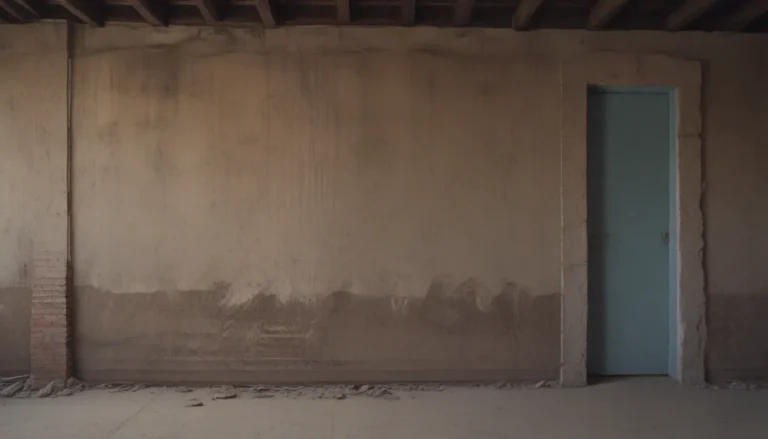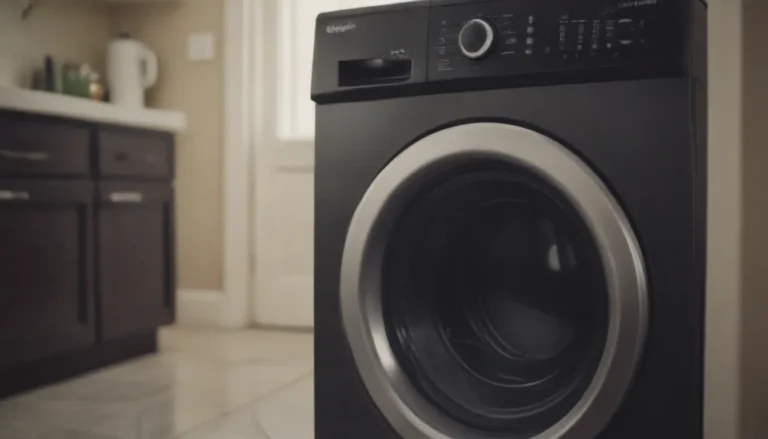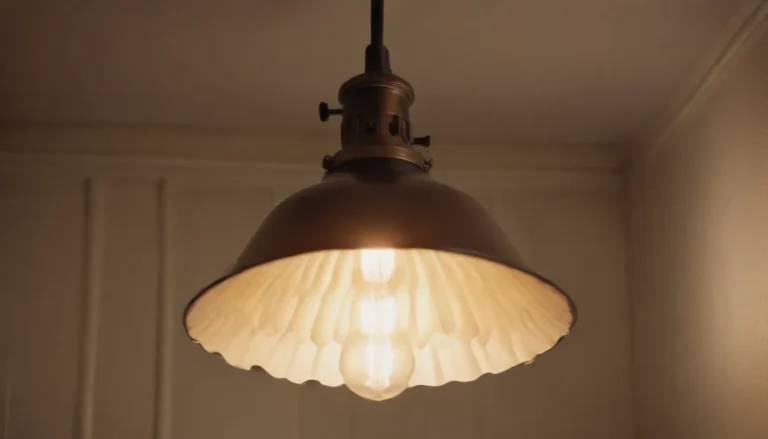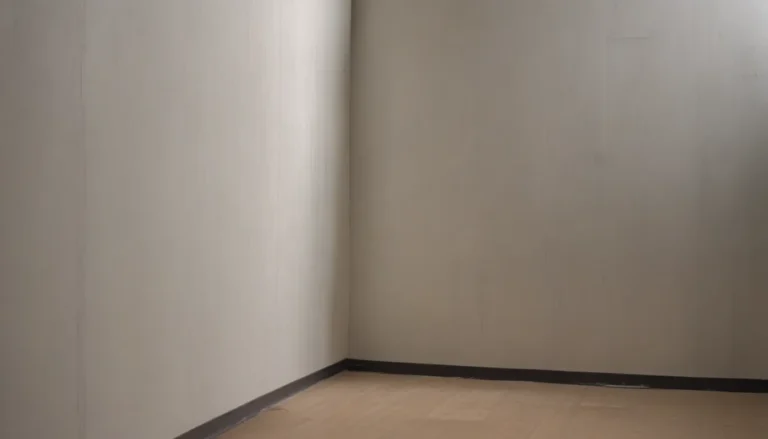Everything You Need to Know About Low-Voltage Wire

Low-voltage wire is a common sight in homes and outdoor spaces, serving various purposes from powering lights to carrying internet signals. It plays a crucial role in the functioning of devices like thermostats, doorbells, and network cables. In this comprehensive guide, we will delve into the world of low-voltage wire, exploring its uses, characteristics, and safety precautions.
Understanding Low-Voltage Wire
Low-voltage wire consists of insulated wiring with non-metallic sheathing that carries 50 volts or less of electricity. This is significantly lower than the 120 volts found in standard wall outlets. It is commonly used for devices such as thermostats, doorbells, and landscape lighting systems. The American Wire Gauge (AWG) is used to determine the thickness or gauge of low-voltage wire, with gauges ranging from 12 to 24 for different applications.
Common Types of Low-Voltage Wiring
Thermostat Wire
- Uses thin 18-gauge wire in bundles for connecting wall thermostats to HVAC units.
- Not all thermostats are wired with low-voltage wire, as line-voltage thermostats control higher voltages.
Doorbell Wire
- Also known as bell wire, it uses thin 18- or 20-gauge wire for connecting wired doorbells to the chime unit.
- Ideal for long runs and connecting transformers to the system.
Landscape Light Wiring
- Uses double-strand 12-, 14-, and 16-gauge wire for low-voltage landscape lighting.
- Lights are connected using special push-fit wire connectors without the need for cutting and splicing.
Network Wiring
- Includes CAT5, CAT5e, CAT6, and CAT6A cables for carrying broadband internet signals.
- Each type of cable is designed for specific networking requirements.
TV Cable
- Uses RG-6 coaxial wire for cable TV, with RG-59 being an older option for CCTV cameras and TV antennae.
- Different cables are used for varying frequencies and applications.
Phone Wire
- Low-voltage Cat-3 phone wire with 24-gauge wires is commonly used for voice and data transmission.
- Despite the rise of wireless communication, landlines are still used for certain purposes.
Identifying Low-Voltage Wires
Low-voltage wires can be distinguished by their characteristics, such as thinner gauge wires and different types of sheathing. They may also have stamps on the sheathing indicating the type of wire and gauge. It’s essential to be able to identify low-voltage wire correctly to ensure safe handling and installation.
Safety Risks of Low-Voltage Wire
While low-voltage wiring is generally safe, there are potential hazards to be aware of. Cross-connecting with higher voltage devices and the risk of electric arcs can pose safety threats. It’s crucial to exercise caution when working with low-voltage wiring and treat it with the same care as higher-powered wiring to prevent accidents.
In conclusion, low-voltage wire plays a vital role in modern homes and outdoor spaces, enabling the seamless operation of various devices and systems. Understanding its different types, characteristics, and safety considerations is essential for anyone working with electrical installations. By following safety protocols and guidelines, you can harness the power of low-voltage wire effectively and securely. Remember, knowledge is power when it comes to low-voltage wire!





